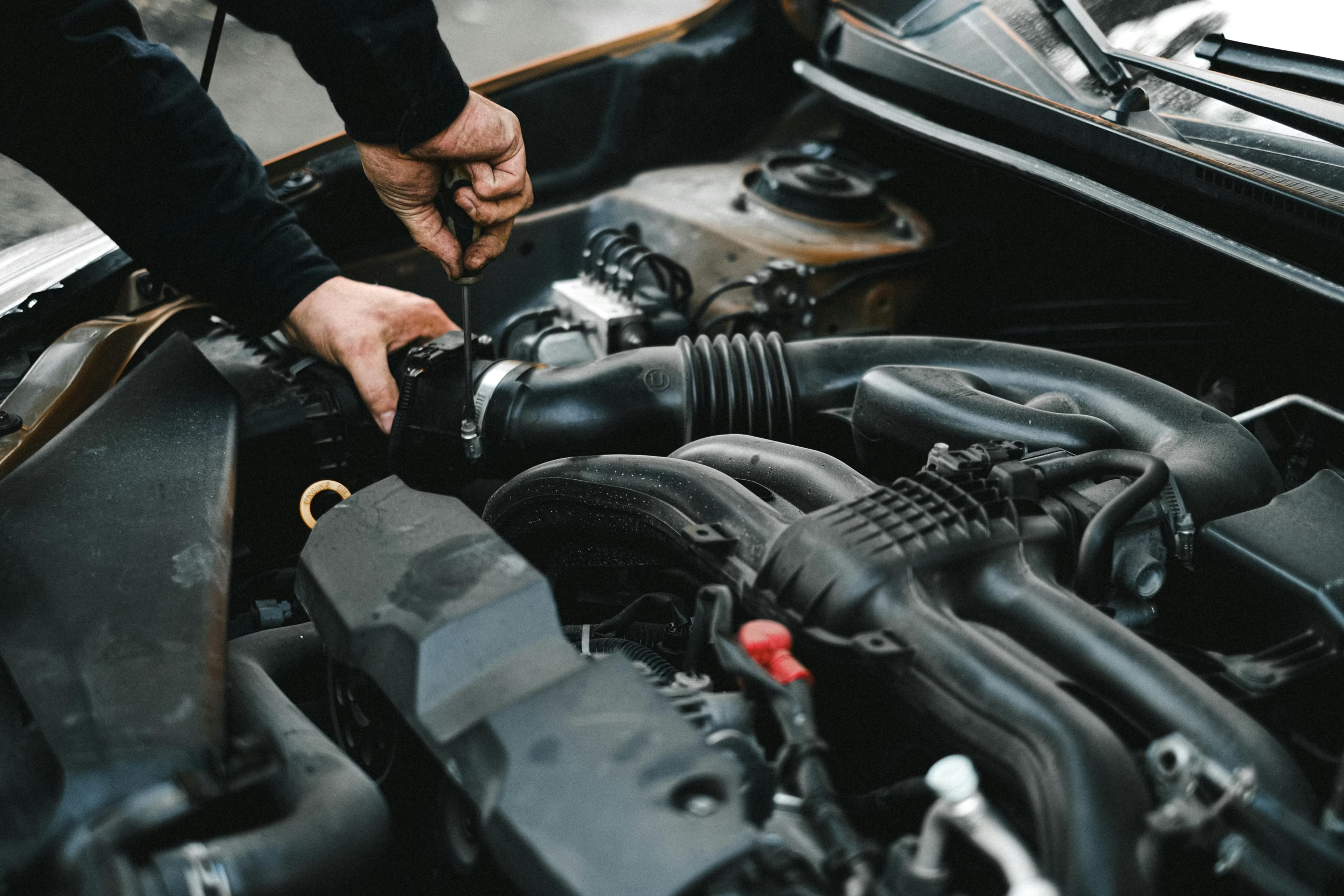Auto Product Liability: 4 Things Car Owners and Drivers Should Know
Car accidents are often blamed on distracted driving, speeding, or poor road conditions. While these factors do play a role, not every crash is caused by driver behavior. In some cases, the real danger comes from within the vehicle itself. A faulty brake system, defective airbag, or poorly designed component can turn an ordinary drive into a serious hazard.
This is where auto product liability becomes critical. It holds manufacturers, suppliers, and other parties accountable when their products fail and put people at risk. For car owners and drivers, understanding how these claims work isn’t just about legal knowledge; it’s about ensuring safety and knowing when you have the right to seek justice.
Read on to discover the five most important things every car owner and driver should know about auto product liability.
1. What Auto Product Liability Means
When a motor vehicle causes harm because of a defective product, the responsibility can extend beyond the driver.
The following are three important aspects to know about auto product liability:
- Defective products: If a vehicle or component is unreasonably unsafe, manufacturers may be held liable. This applies to a wide range of product defects, from seat belts that fail during a crash to defective tires that blow out on the highway.
- No driver negligence needed: Unlike regular accident claims, product liability cases can succeed even when the driver didn’t make a mistake. This falls under the principle of strict liability, meaning the focus is on the defect itself rather than the driver’s conduct.
- Focus on the vehicle: The key issue lies in whether an auto product was unsafe due to a flaw in design or a breakdown in quality control. For example, airbag defects or roof crush incidents may point to problems that originated in the design or manufacturing process.
Since these cases often involve taking on large corporations, working with a law firm that specializes in product liability is essential. A defective product liability lawyer has the experience to investigate complex cases, gather evidence against auto part manufacturers, and identify whether a breach of warranty or defective design contributed to the accident. With the right representation, you can protect your rights and strengthen your claim for damages.
2. Common Types of Vehicle Defects
Vehicle defects can range from minor inconveniences to life-threatening failures. Some flaws are linked to manufacturing defects, while others come from a poor design that makes the vehicle unsafe from the start.
To better understand what to watch for, here are some types of defects that can put drivers and passengers at risk:
- Braking systems and steering mechanisms: Defects here can lead to sudden loss of control, increasing the likelihood of a motor vehicle collision even when a driver reacts properly. A single malfunction in these critical auto parts can turn routine driving into a serious hazard.
- Air bag defects: Malfunctioning air bags may fail to deploy during a crash or deploy with too much force. These failures can cause additional injuries, leaving victims with unexpected medical expenses and grounds for filing a products liability claim.
- Seat belts: Faulty seat belts may not lock, retract, or secure properly during an impact. This failure exposes passengers to greater harm in an accident and often strengthens personal injury claims tied to defective safety equipment.
- Defective tires: Poorly manufactured or defective tires can lead to blowouts, tread separation, or loss of traction. Such defects are among the most dangerous on highways, where high speeds magnify the risk of a crash.
- Fuel system and electrical failures: Faults in the fuel tank or electrical systems may spark vehicle fires, stalling, or explosions. These defects often raise issues of strict liability since no amount of careful driving can prevent the danger.
Even small defects can create dangerous situations, making awareness crucial for every driver.
3. Who Can Be Held Responsible
When a defective vehicle or part causes harm, responsibility often extends beyond the driver. Manufacturers may be liable if the flaw originated during the design stage or assembly process, while suppliers can be accountable if the issue comes from a specific component. In some cases, dealerships can also face claims if they sold vehicles while being aware of existing defects.
Beyond these primary parties, liability may also reach service providers. For instance, a repair shop that installs faulty replacement parts or performs substandard repairs could share in the responsibility for an accident. Consequently, determining who’s at fault requires a careful review of where the defect began and how it contributed to the incident.
4. What to Do if You Suspect a Defect
If you believe a vehicle defect contributed to an accident, the first priority is preserving evidence. Keeping the damaged car in its original condition allows experts to evaluate the part that may have failed. Without this step, proving that a defect caused the incident can become far more difficult.
In addition, it’s important to take steps that strengthen your potential claim. Collecting records such as medical reports, recall notices, and repair histories creates a clear link between the defect and the harm caused. From there, seeking legal guidance ensures that the evidence is properly reviewed and the right parties are held accountable.
Final Thoughts
Auto product liability is about holding companies accountable for unsafe vehicles and parts. As a car owner or driver, knowing how defects happen, who’s responsible, and what steps to take after an accident gives you an advantage in protecting yourself. If you ever face an accident linked to a defective vehicle, awareness and timely action can make the difference between a missed opportunity and a strong claim.



